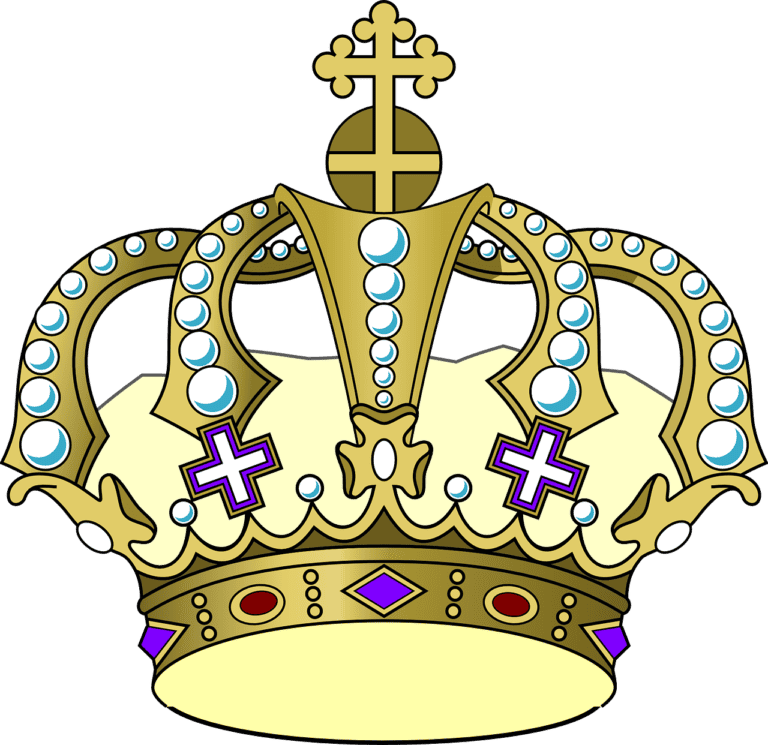Transform Conversations Into Coaching for Success
In the dynamic landscape of organizational leadership, the ability to leverage conversations as coaching opportunities can be a game-changer. By honing in on the nuances of effective coaching dialogues, leaders can unlock a plethora of benefits that extend beyond mere communication.
The strategic integration of coaching principles into everyday conversations holds the key to not just managing teams but inspiring them towards excellence. As we navigate through the intricacies of transforming conversations into coaching for success, a deeper understanding of its impact on individual growth and organizational performance awaits.
Key Takeaways
- Recognize cues indicating openness to coaching for successful conversations.
- Listen actively, ask powerful questions, and avoid imposing solutions.
- Enhance coaching skills through training and resources like guidebooks and webinars.
- Inclusive leadership values diversity, fostering success in today's global landscape.
Benefits of Coaching Conversations
Engaging in coaching conversations offers a myriad of benefits, propelling employee engagement, boosting job satisfaction, enhancing collaboration, and fostering a culture of continuous improvement within organizations.
Improving communication through these conversations is vital as they provide a platform for open dialogue, active listening, and meaningful exchanges.
Building trust is another key outcome, as coaching conversations create a safe space for individuals to share challenges, seek guidance, and receive constructive feedback. Trust is the foundation of effective communication and collaboration, leading to stronger relationships and increased productivity.
Recognizing Coaching Opportunities
Amidst the benefits of engaging in coaching conversations lies the crucial skill of recognizing opportune moments to initiate these transformative dialogues. To excel in identifying coaching cues and seizing coaching moments, consider the following:
- Body Language: Watch for open and receptive body language signals.
- Verbal Cues: Listen for phrases like 'Can you help me think things through?' indicating readiness.
- Engagement Levels: Notice when individuals express a need for help or guidance.
- Emotional Signals: Pay attention to emotional cues like frustration or uncertainty signaling coaching potential.
Steps for Effective Coaching
To ensure successful coaching conversations, it is imperative to listen attentively and respond thoughtfully by asking powerful questions. Active listening is key in understanding the speaker's perspective, emotions, and values. By tuning into these aspects, a coach can provide thoughtful responses that uncover insights and promote mutual understanding.
Rather than imposing solutions, effective coaches focus on guiding individuals to their own realizations through powerful questioning. These questions challenge assumptions, spark creativity, and encourage self-reflection. Thoughtful responses not only help individuals gain new perspectives but also foster a supportive environment for growth and development.
Enhancing Coaching Conversations
Building on the foundation of effective coaching practices, organizations can further elevate their coaching conversations by actively seeking out opportunities for continuous improvement and growth through strategic enhancements. When aiming to enhance coaching conversations, consider the following:
- Utilize advanced communication techniques to foster deeper understanding.
- Implement innovative coaching strategies to address specific needs and goals.
- Engage in active listening to truly comprehend the individual's perspective.
- Encourage open dialogue and feedback to create a supportive coaching environment.
Leadership and Inclusivity Impact
The transformative power of inclusive leadership is evident in its ability to reshape organizational dynamics and foster a culture of empathy and respect. Impactful leadership that embraces diversity representation not only signals progress but also influences societal perceptions. Diverse representation within leadership teams fosters inclusivity and empathy, contributing to a more innovative and engaged workforce.
Cultural moments, like Lily Gladstone's Golden Globe Award win, highlight the importance of promoting inclusivity in leadership. Strategies for cultivating inclusive leadership involve championing diversity, valuing diverse perspectives, and redefining norms and values within the organizational context. Leaders who prioritize inclusivity are often more respected, and diverse leadership teams have been shown to outperform homogenous ones, presenting inclusivity as a competitive advantage in today's global economy.
Building Employee Engagement
An essential strategy for fostering a more productive and fulfilling work environment is by actively nurturing and cultivating employee engagement. To achieve this, consider the following:
- Open Communication Channels: Encourage open dialogue to understand employee needs and feedback effectively.
- Recognition and Appreciation: Acknowledge and reward employees' efforts to increase motivation and job satisfaction.
- Professional Development Opportunities: Provide avenues for growth and learning to enhance productivity and engagement.
- Work-Life Balance Support: Offer flexibility and support to help employees maintain a healthy balance, leading to increased motivation and productivity.
Improving Job Satisfaction
Improving overall job satisfaction within an organization requires a comprehensive approach that addresses both intrinsic and extrinsic factors influencing employee motivation and fulfillment. Boosting motivation and increasing productivity are key elements in enhancing job satisfaction. By focusing on creating a work environment that fosters growth, recognizes achievements, and provides opportunities for development, organizations can significantly impact employee satisfaction levels.
| Strategies for Improving Job Satisfaction | Benefits |
|---|---|
| Encouraging work-life balance | Reduced stress levels and increased job performance |
| Providing opportunities for skill development | Enhanced employee engagement and loyalty |
| Recognizing and rewarding achievements | Boosted morale and motivation |
| Cultivating a positive work culture | Improved teamwork and collaboration |
| Offering competitive compensation and benefits | Increased job satisfaction and retention rates |
Fostering Collaboration and Teamwork
To foster a culture of collaboration and teamwork within an organization, it is imperative to cultivate a supportive and inclusive environment where individuals feel valued and empowered to contribute their unique perspectives and skills. Fostering trust and enhancing communication are key elements in promoting effective collaboration and teamwork.
Here are four strategies to achieve this:
- Encourage Open Dialogue: Create spaces for open discussions where team members feel comfortable sharing ideas and concerns.
- Promote Active Listening: Encourage listening with empathy and without judgment to foster understanding and mutual respect.
- Clarify Roles and Responsibilities: Clearly define roles within the team to avoid confusion and promote accountability.
- Celebrate Achievements Together: Recognize and appreciate team efforts to boost morale and strengthen bonds among team members.
Developing Leadership Skills
Enhancing leadership skills is a pivotal aspect of career development and organizational success, requiring a combination of self-awareness, adaptability, and effective communication strategies. Leadership development encompasses honing one's ability to inspire, motivate, and guide others towards a common goal. Communication strategies play a vital role in leadership effectiveness, influencing how leaders convey their vision, provide feedback, and handle conflicts. Effective leaders excel in articulating their ideas clearly, actively listening to their team members, and adapting their communication style to different situations. Here is a table illustrating key aspects of leadership development and communication strategies:
| Leadership Development | Communication Strategies |
|---|---|
| Inspiring and motivating others | Clear and concise articulation of ideas |
| Building strong relationships | Active listening skills |
| Decision-making and problem-solving | Adapting communication style to different audiences |
| Emotional intelligence and empathy | Providing constructive feedback |
| Strategic thinking and vision | Handling conflicts with tact and diplomacy |
Shifting Organizational Culture
In today's rapidly evolving business landscape, the cultivation of a positive and adaptive organizational culture is paramount for fostering innovation, resilience, and sustained success.
Key Points for Shifting Organizational Culture:
- Organizational Transformation
- Implement a clear vision for cultural change.
- Encourage open communication channels.
- Provide training and support for employees during the transition.
- Celebrate successes and milestones along the way.
This intentional cultural shift can lead to improved employee satisfaction, increased productivity, and a more cohesive and innovative work environment. By prioritizing organizational transformation and embracing a cultural shift, companies can adapt to changing market dynamics and position themselves for long-term success.
Conclusion
In conclusion, as we navigate the ever-evolving landscape of organizational effectiveness and leadership development, it is clear that transforming conversations into coaching is a powerful tool for success.
By recognizing coaching opportunities, mastering effective coaching steps, and embracing inclusivity and diverse perspectives, individuals can elevate their leadership skills and create a workplace culture that values growth and development.
Let us continue to harness the power of coaching conversations to drive success and cultivate a collaborative environment where everyone can thrive.







